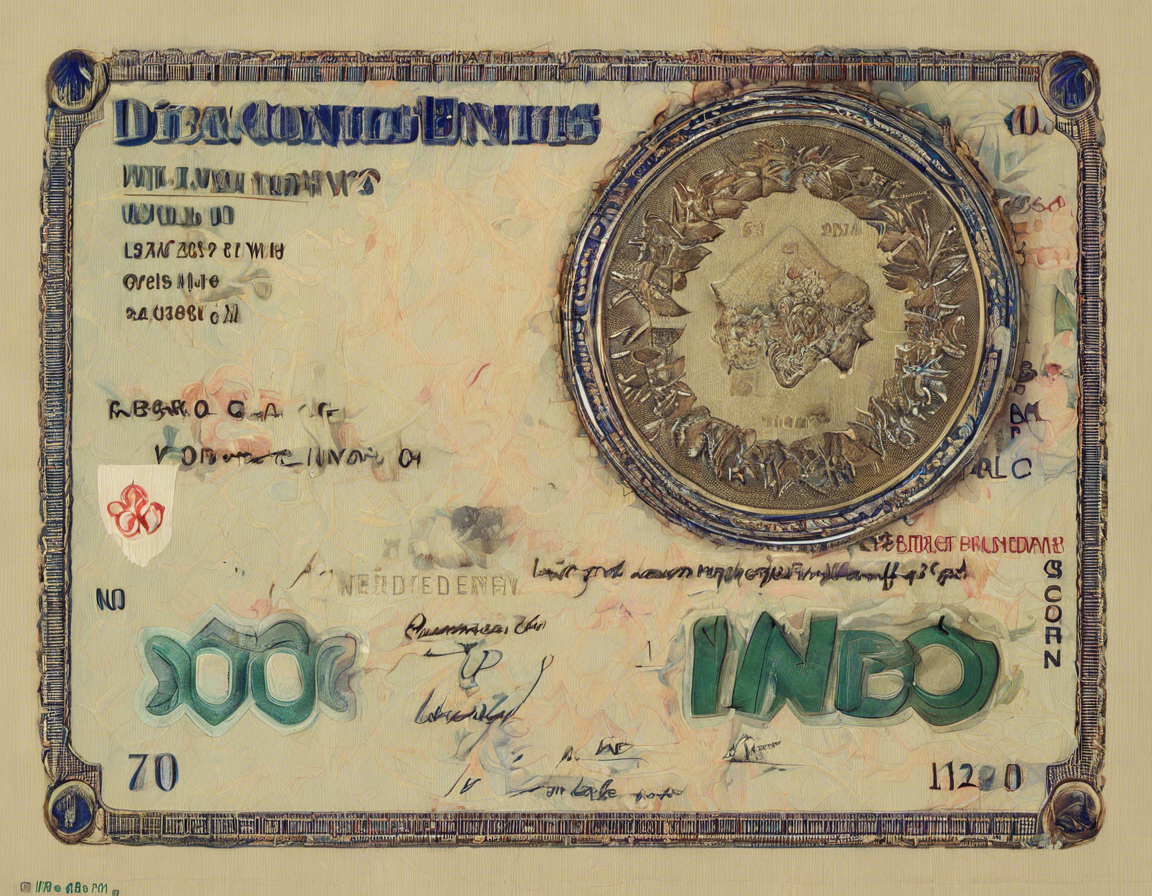In recent times, the conversion rate of 1 USD to INR has been a topic of interest for many individuals and businesses. The exchange rate between the United States Dollar (USD) and the Indian Rupee (INR) plays a crucial role in international trade, tourism, investments, and various financial transactions. As these two currencies are widely used globally, understanding their exchange rate and how it fluctuates is essential. In this article, we will delve into the factors influencing the USD to INR conversion rate, its significance, and how it impacts different sectors.
Factors Influencing the USD to INR Exchange Rate
Several factors contribute to the fluctuation of the USD to INR exchange rate. It is essential to consider these elements to comprehend the dynamics of currency value:
1. Economic Indicators:
- GDP Growth: The economic performance of both the US and India significantly influences their currencies’ strength.
- Inflation Rates: Variances in inflation rates can impact the exchange rate as high inflation typically leads to currency depreciation.
2. Interest Rates:
- Differential in Interest Rates: Discrepancies in interest rates between the two countries can affect the flow of capital and consequently impact the exchange rate.
3. Political Stability:
- Political Events: Political stability and events in either country can lead to uncertainty, influencing investor confidence and currency values.
4. Trade Balances:
- Trade Deficits or Surpluses: A country’s trade balance can impact its currency value. For instance, a trade deficit may lead to currency depreciation.
Significance of the USD to INR Conversion Rate
1. International Trade:
The USD to INR exchange rate is pivotal in international trade between the US and India. Importers, exporters, and businesses involved in cross-border transactions monitor exchange rates to determine the cost of goods and services.
2. Investment Opportunities:
Investors analyze the USD to INR conversion rate to identify potential investment opportunities. Fluctuations in the exchange rate can impact the returns on investments made in either currency.
3. Tourism:
Exchange rates influence travel decisions, as a favorable rate can make a destination more affordable for tourists. The USD to INR rate plays a significant role in attracting tourists to India or the US.
4. Inflation and Purchasing Power:
The exchange rate affects inflation and purchasing power in both countries. Changes in the USD to INR rate can impact the prices of imported goods and services, influencing domestic inflation rates.
Impact of the USD to INR Exchange Rate on Different Sectors
1. Export and Import Sector:
Fluctuations in the USD to INR exchange rate can impact the competitiveness of Indian exports in the global market. A weaker rupee might make exports more attractive, while imports could become costlier, affecting various industries.
2. Information Technology (IT) Sector:
The IT sector in India, which heavily relies on exports, is significantly impacted by the USD to INR exchange rate. Companies in this sector closely monitor exchange rate movements to assess their profitability.
3. Foreign Direct Investments (FDI):
The exchange rate plays a vital role in attracting FDI into India. A stable currency and favorable USD to INR rate can encourage foreign investors to funnel capital into the country.
4. Tourism Industry:
For the tourism industry in India, a competitive USD to INR rate can attract more foreign tourists, boosting the sector and contributing to the country’s economy.
Frequently Asked Questions (FAQs)
1. Why Does the USD to INR Exchange Rate Fluctuate?
The USD to INR exchange rate fluctuates due to various factors, including economic indicators, interest rates, political stability, and trade balances between the US and India.
2. How Does the Exchange Rate Impact International Trade?
The exchange rate influences international trade by affecting the cost of imports and exports. A favorable USD to INR rate can benefit exporters and make imports more expensive.
3. What Role Does Speculation Play in Currency Exchange Rates?
Speculation by traders and investors in the foreign exchange market can lead to short-term fluctuations in the USD to INR exchange rate, based on their expectations of currency movements.
4. How Can Individuals and Businesses Mitigate the Risks of Exchange Rate Fluctuations?
Individuals and businesses can hedge against exchange rate risks by using financial instruments like forward contracts, options, and currency futures to lock in exchange rates.
5. What Impact Does the USD to INR Rate Have on Travelers?
For travelers, a favorable USD to INR exchange rate can make travel to India more affordable for US tourists, while a weaker rupee can make travel to the US costlier for Indian visitors.
In conclusion, the USD to INR exchange rate is a crucial metric that influences various aspects of the economies of the US and India. Understanding the factors affecting this exchange rate, its significance across different sectors, and the impact on individuals and businesses is essential for making informed decisions in a globalized world. By staying informed about currency movements and their implications, stakeholders can navigate the intricacies of international finance effectively.
